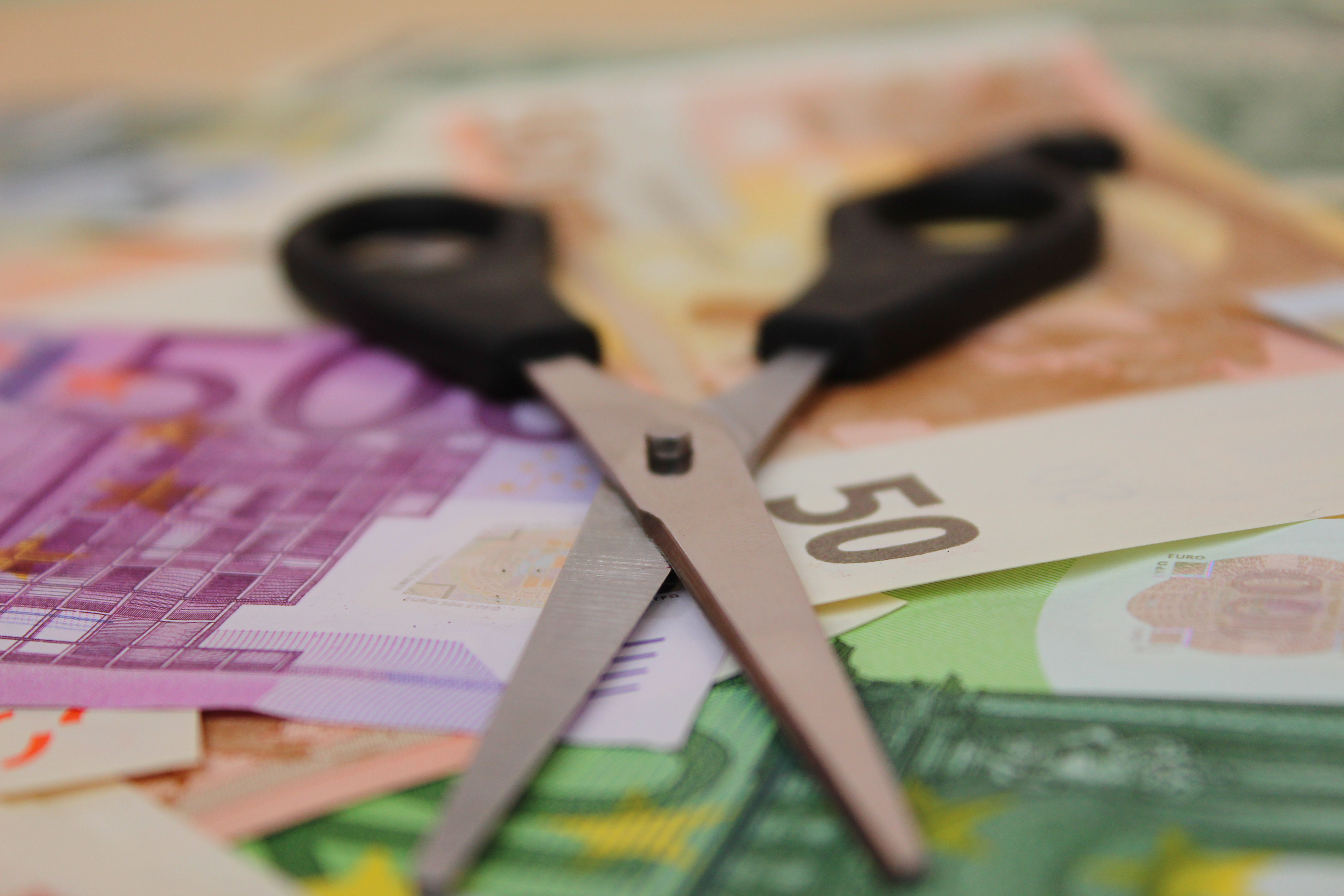By: Philippe Rossier

Navigating competitive markets, tackling interest rates and build costs, and increasing subscriber uptake are some of the key challenges facing network operators and internet service providers
(ISPs).
Yet sustainability is rising fast as a priority for many telcos, with many having ambitious targets to decarbonize their operations. Besides their targets, much can still be practically done to
cut Scope 3 emissions, which account for the bulk of telecom businesses’ carbon output. There’s a real business case for this.
Cutting cable waste, for example, can have a knock-on effect on overall costs, the long-term sustainability of network builds, and customer perception of an operator’s business. Innovative,
collaborative, and forward-thinking initiatives must be prioritized as operators look to grow or build new networks
Rolling (out) with the times
In the UK - and the rest of Europe - targets have been set to reach universal gigabit connectivity by 2030. However, this ambition has faced growing scepticism over the past couple of years. With
the fiber sector predominantly debt-financed, high interest rates have made it harder to finance expansion, innovation, and operational growth. Alongside this, inflation has increased operational
expenditures and the cost of materials, as well as consumer purchasing power. Energy prices, regulatory considerations, and a more competitive environment have also affected the ability of many
operators across Europe to expand.
It is not all doom and gloom, of course - the most recent figures from fiber-to-the-home (FTTH) Council Europe’s Market Panorama show that incredible progress has been made across the continent
to connect customers. Based on Panorama figures,
ING
estimates that “93 percent of European (EU-27 and UK) households will have fiber coverage in 2028”. It also notes, however, that much work needs to be done. One way to help is
by cutting costs (Figure 1).
Figure 1: Could fiber network builders cut costs with better cable management?
Credit: FreeImages.com/svklimkin
A significant - and costly - challenge that large-scale fiber-to-the-home (FTTH) deployments face is cable waste. Inefficient stock management and installation processes lead to significant
material losses, with some industry reports indicating a 10 percent average waste rate. This not only strains the supply chain but also increases costs and undermines the environmental benefits
of fiber broadband. By focusing on sustainability in this manner, it can help reduce energy consumption, minimize waste, and optimize processes.
The lack of real-time visibility in network deployment processes has been identified as a major contributor to this issue. Without accurate tracking, network builders often overorder cables to
prevent stock shortages, leading to surplus inventory that is difficult to utilize at the end of the project. Conversely, underutilized inventories result in unnecessary production, further
exacerbating resource inefficiency.
Beyond deployment inefficiencies, improper disposal methods add to the problem. Landfills are increasingly burdened with non-recyclable telecommunications waste, leading to further ecological
consequences. There’s also increased pressure from customers and regulators to decarbonize.
Regulations and expectations
Earlier this year, a Digital Connectivity Forum (DCF)-led announcement with 10 of the UK’s
biggest broadband and connectivity providers (including BT-Openreach, CityFibre, VMO2, Sky, and Vodafone) said that they would write to their suppliers encouraging sustainability reporting and
implementation of standards as part of their efforts to reach climate goals. While the directive was non-binding, it signalled a growing appetite in the country for greater responsibility amongst
suppliers to show a commitment to tackling emissions.
Scope 3 emissions - those produced indirectly by a company’s supply chain - are often the hardest to track and tackle, yet account for more than 80 percent of operators’ emissions. Under current UK law,
Streamlined Energy and Carbon Reporting (SECR), Scope 3 emissions reporting is primarily voluntary for quoted companies, but strongly recommended. Since last year, the European Union has made
corporate sustainability reporting compulsory through its Corporate Sustainability Reporting Directive (CSRD) law (by 2026, this will be extended to small and medium enterprises).
The telecoms industry has become more sustainable in recent years thanks to the retirement of copper and the introduction of fiber optic cabling. Using up to
80 percent less energy, fiber optic cables are longer-lasting, less consuming, and have a higher bandwidth. It is also worth remembering that despite connecting over
95 percent of the world’s population over wired and wireless networks, it was only directly responsible for only about
1.6 percent of global emissions a couple of years ago. Though there is





















